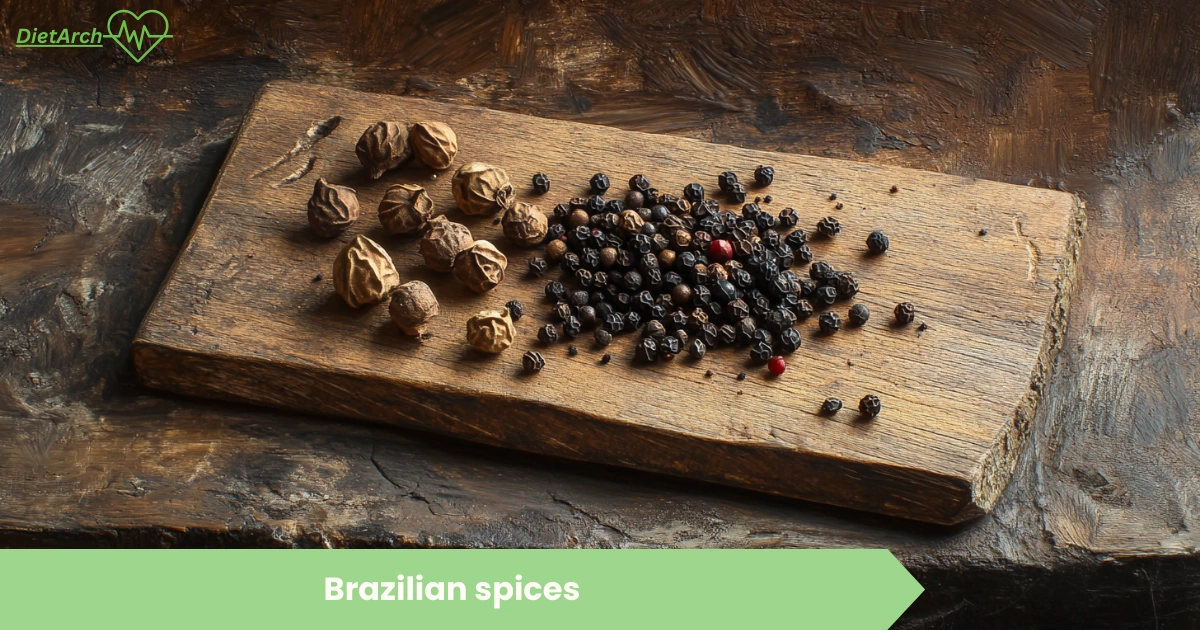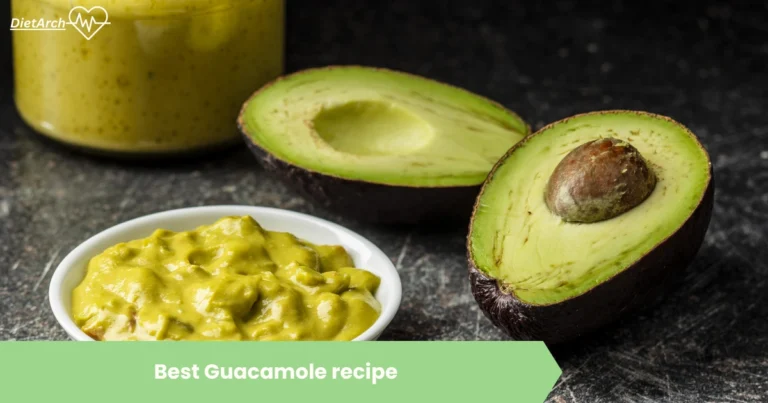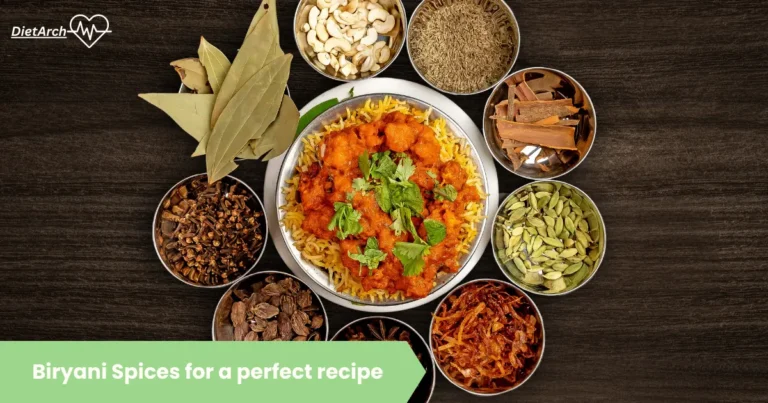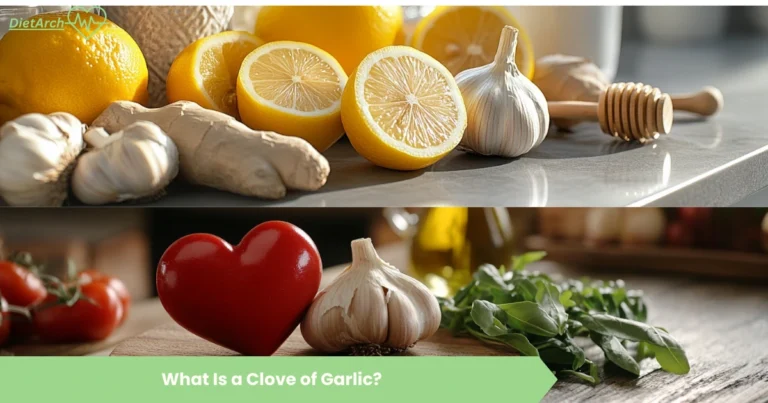4 Brazilian spices to have at home for Brazilian Food
Brazilian spices are truly at the core of what gives the nation’s food its bold, layered character. Cumin, garlic, turmeric, and plenty of fresh herbs crop up in all but the most normal of dishes, lending heat and a sort of complexity that can’t be replicated. These flavors genuinely resonate with Brazil’s eclectic cultural blend and all its regional harmony.
Learning about these spices reveals a little bit about why Brazilian cuisine shines so brightly, and perhaps why it’s spreading everywhere. Once you begin cooking with them, you might just find yourself unlocking all kinds of new tastes and possibilities in the kitchen.
Key Takeaways
What is in Brazilian Seasonings?
If you’ve ever eaten Brazilian cuisine, you realize that it’s a riot of taste, due to a combination of fresh herbs, dried spices, and some staple items. Garlic and onion are basically non-negotiable; they are the foundation for hundreds of dishes, while special mixtures and vegetables complete the picture. Salt also plays a significant role, as it helps keep the flavors in balance. There will be plenty of fresh peppers and herbs, providing a splash of brightness.
4 important Brazilian spices
Signature Spice Blends
Tips for Using These Flavors
Homemade Brazilian Spice Blend Recipe
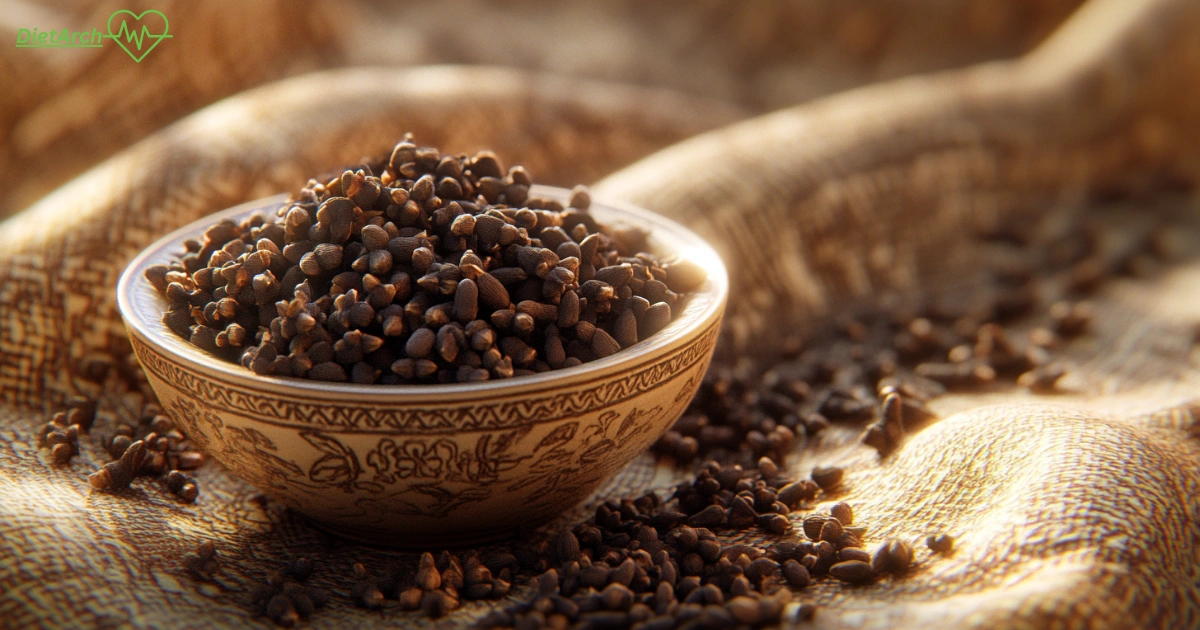
Know more about health benefits of garlic.
How to make homemade Brazilian blend :
How to Use Brazilian Steak Seasoning
Key Ingredients & Easy Swaps for Brazilian spices
Ingredient | Why It’s Here | Swap With |
Kosher salt | Helps meat caramelize & taste bold | Coarse sea salt or table salt |
Black pepper | Classic steak companion | Fresh-cracked peppercorns |
Garlic powder | Even texture & consistent flavor | Garlic flakes |
Onion powder | Blends smoothly | Onion flakes |
Smoked paprika | Adds smokiness & color | Sweet paprika or chili powder |
Ground coriander | Traditional Brazilian citrus-nutty note | Ground cumin |
Mustard powder | Subtle tang & rounding effect | Omit if you don’t have it |
Pro Tip: Store your blend in an airtight jar away from light—flavors stay fresh for months!
The Origins and History of Brazilian Spices
There’s a whole story behind Brazilian spices, shaped by all sorts of cultures and far-flung places. Indigenous plants, African traditions, and imports from Europe and Asia all combined, resulting in a blend of cultures. Some pretty unique flavors. Different regions picked up certain spices and kind of made them their own, tweaking them to fit local tastes and cooking styles.
Make zatar spices blend at home.
Cultural Influences on Brazilian Flavors
Brazilian cuisine is a rich blend of centuries of cultural exchange and influence. Indigenous groups relied on native herbs and ingredients, such as guaraná and Brazil nuts, for both flavor and energy. The Portuguese arrived with sugar, cloves, cinnamon, and new cooking techniques, completely transforming the way dishes were flavored.
African influence? Huge—especially in Bahia. Enslaved Africans introduced spicy peppers and recipes like acarajé, which actually have their roots in West Africa. Then, much later, spices from India and Vietnam showed up through trade, adding cumin and other warming flavors to the mix. It all stacks up into these crazy layers of taste.
Key Regions for Spice Production
Some parts of Brazil are just famous for certain spices. The Amazon, for example, is loaded with wild herbs and plants you won’t really find anywhere else. Bahia in the Northeast is known for its fiery hot peppers, which give local food a real kick.
Down in the Southeast, you’ve got coffee and cinnamon, and in the South, herbs like oregano and parsley are just part of everyday cooking. Every region kind of throws its spin on things, blending what grows there with whatever cultural influences stuck around. Honestly, the spice map of Brazil is a bit of a beautiful mess—in the best way.
Region | Notable Spices | Cultural Influence |
Amazon | Guaraná, Brazil nuts | Indigenous |
Northeast | Hot peppers, palm oil | African |
Southeast | Cinnamon, sugar | Portuguese |
South | Oregano, parsley | European immigrants |
Evolution of Seasoning Traditions
Brazil’s tradition of seasoning food has evolved considerably over the decades, thanks to the constant fusion of native, African, and European flavors. Early cooks primarily used wild herbs and seeds. Upon the arrival of the Portuguese, new methods, such as salting, dehydrating, and using spices, were introduced to extend the life of food and make it more flavorful.
Eventually, commerce with India and Vietnam added cumin, cinnamon, and other hot spices to the equation. These new spices complemented indigenous ingredients, making Brazilian food even more pungent. Today, Brazilian kitchens are all about harmonizing earthy, hot, and sweet notes. It’s a style refined through centuries of experimentation and refinement.
Uses of Brazilian Spices in Cooking
Brazilian spices really elevate the flavor in a wide range of dishes. They’re there to make meats pop and even twist up international recipes in unexpected ways.
Enhancing Chicken
Spices like coriander, paprika, and cumin are go-tos for chicken. They add this warm, aromatic thing without drowning out the natural flavor of the meat. A handful of fresh or dried cilantro can brighten up the whole dish, mellowing out anything too strong.
Marinate chicken or pork with a blend of garlic, onion, and Brazilian spice mix, and you’ll get meat that’s juicy, full of earthy flavor, and just better all around—whether you grill, bake, or pan-fry it.
Using Spices with Beef
Beef dishes lean on Brazilian spices to really amp up the meatiness. Black pepper, coriander seeds, and dried oregano are classics, either as a dry rub or in a marinade to form a tasty crust on steaks and roasts.
The Brazilian steak seasoning approach is all about letting the beef take center stage. Smoked paprika and sea salt just turn up what’s already there, instead of covering it up.
When it comes to grilling or barbecue, these spice blends add a smoky, slightly spicy layer that pairs perfectly with rich, beefy flavors. It’s a favorite at cookouts—no need for heavy sauces, just good meat and a solid rub.
Flavoring Pizza and Other International Dishes
Brazilian spices aren’t just for traditional fare—they’re awesome on pizza, too. Sprinkle a little over sausage or veggie toppings, and suddenly you’ve got this warm, earthy thing going on.
Cumin and chili powder add a gentle heat that complements tomato sauce and cheese nicely. It’s a cool twist, not too crazy, but definitely different.
You’ll also find these spices in pasta sauces, soups, and roasted veggies. They’re super versatile, so it’s fun to experiment and see what works outside of the usual Brazilian dishes.
Curious about more ways to use these blends? Take a look at Texas de Brazil.
Modern Trends and Global Appeal of Brazilian Spices
Brazilian spices are definitely having a moment worldwide. Their bold flavors and unique blends are popping up in everything from home kitchens to trendy restaurants, and the global trade in these spices just keeps growing. It’s wild to see how demand shapes what gets exported and how these flavors end up in all sorts of international dishes.
Brazilian Spices in Global Markets
Spices such as Brazilian black pepper, cloves, and cinnamon are gaining popularity far outside the borders of Brazil. The Brazilian spice and herb market is poised to keep expanding, and revenues are likely to surpass $15 million by 2025.
Exporters are stepping up their game in terms of quality and sustainability to meet the needs of foreign buyers. Brazil’s utterly diverse environment ensures that something new can be found to supply global markets at all times, which is helping the nation secure a position on the world map. Individuals worldwide are becoming increasingly interested in these flavors and their organic origins.
Get the recipe for best Guacomole.
Spice Delivery and Availability Worldwide
Getting your hands on Brazilian spices is a lot easier now, thanks to modern shipping and online stores. Chefs and home cooks alike can order fresh, well-packed spices that arrive in good condition at their kitchens.
Countries with big food scenes are importing more and more Brazilian seasonings. You’re not just seeing the usual Indian or Southeast Asian spices anymore—Brazilian blends are showing up on shelves, meeting demand for something a little different. The ease of getting these spices is fueling even more curiosity and creativity in kitchens everywhere.
Popular Uses in Dubai and International Cuisine
Dubai has become a hotspot for luxury food and spices, and Brazilian flavors are showing up more and more in its restaurants and markets. Chefs there are blending them with local and global styles—think cinnamon and black pepper, adding warmth and depth to all kinds of dishes.
Globally, Brazilian spices are being blended into Mediterranean, Middle Eastern, and Asian dishes. They’re adding depth to meat rubs, sauces, and even desserts. It’s the entire movement of combining strong, balanced tastes from Brazil with whatever else is available—and frankly, it’s quite thrilling to see.
Infusions and Tea Blends
Brazilian spices have recently gained popularity in various infusions and tea blends. You’ll spot cinnamon and cloves in a lot of herbal teas—they’re loved for their cozy aroma and those health benefits everyone keeps talking about. These kinds of blends seem to pop up everywhere now, from cafes to quirky little specialty shops around the globe.
Conclusion:
Brazilian spices truly appear to be enjoyed by everyone. There’s just something about them. When you utilize these spices in infusions, you experience flavors that are different from the usual.

